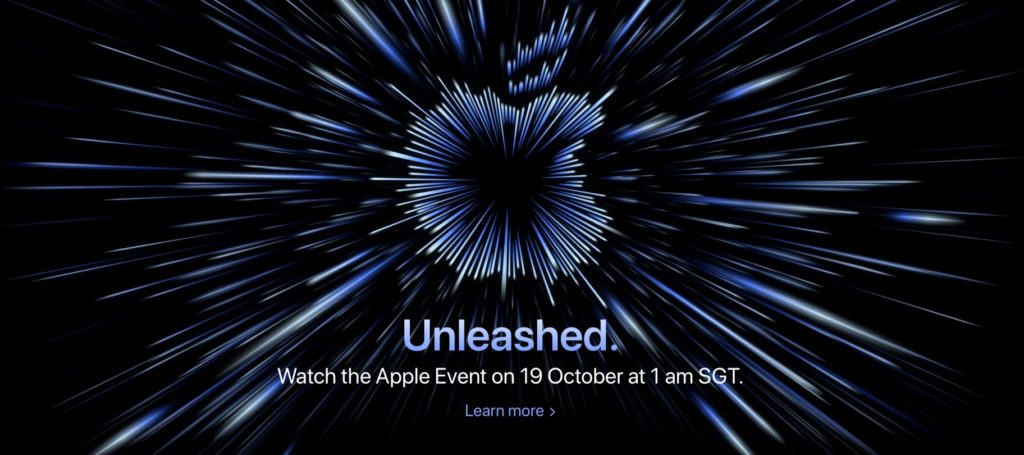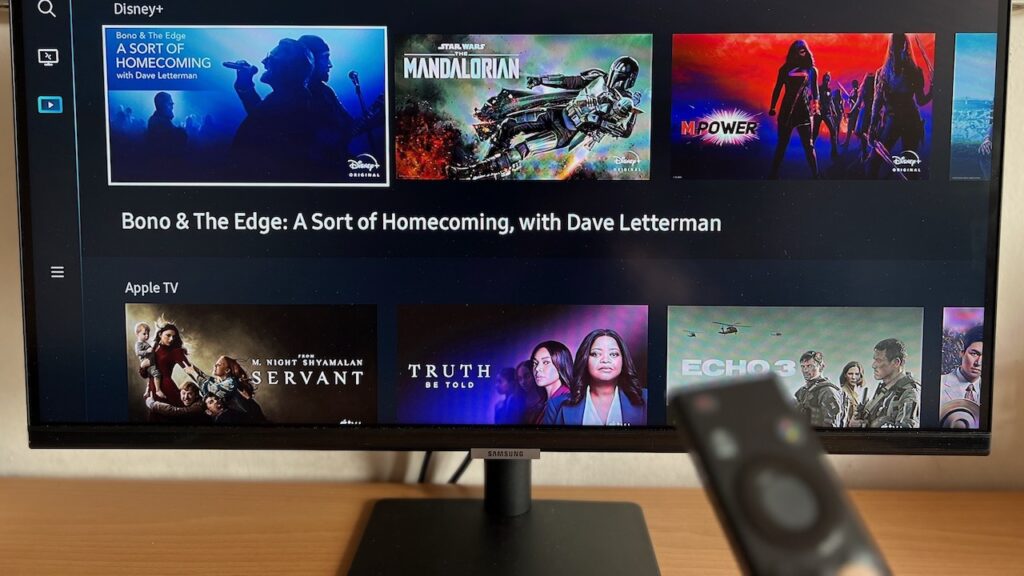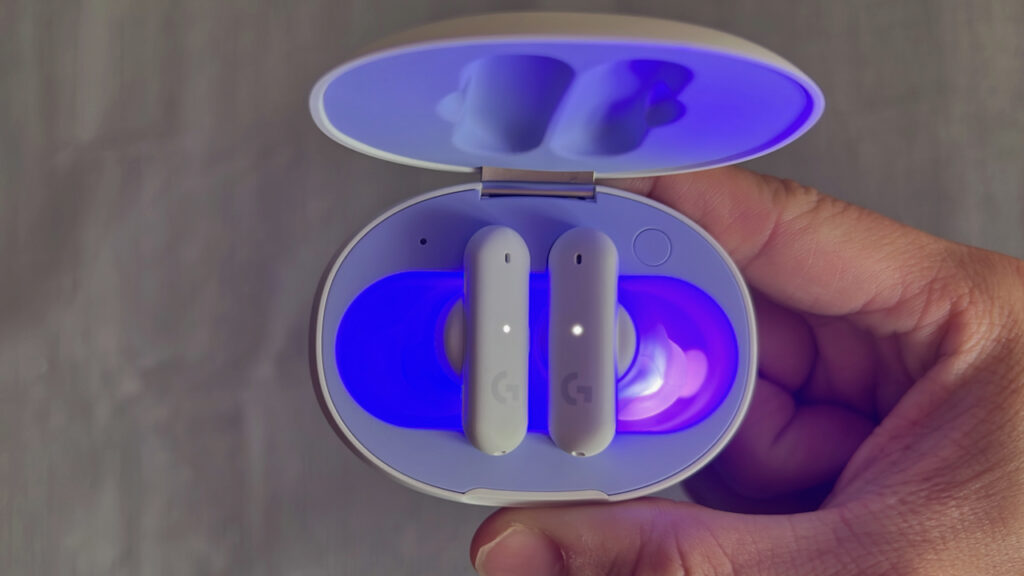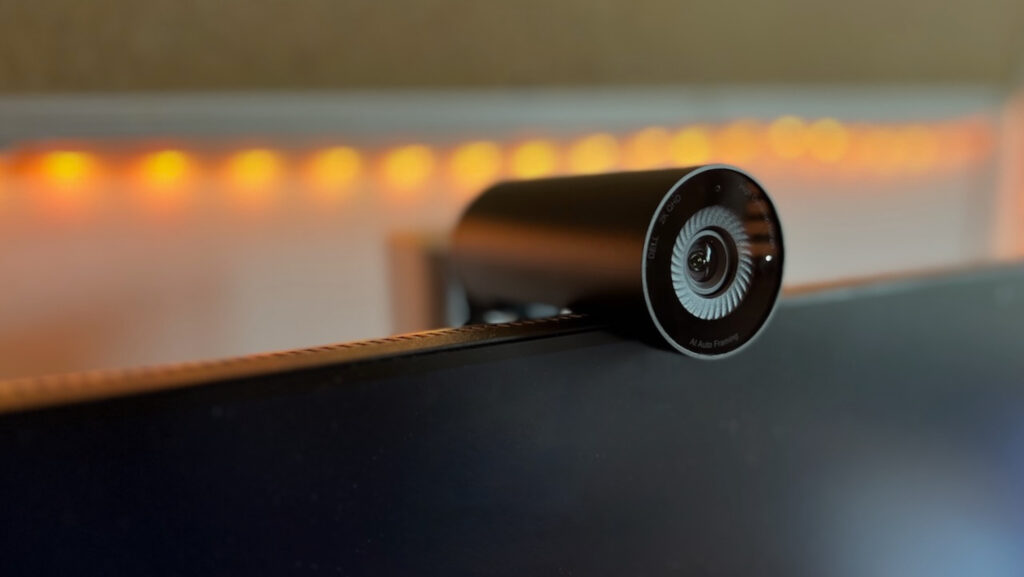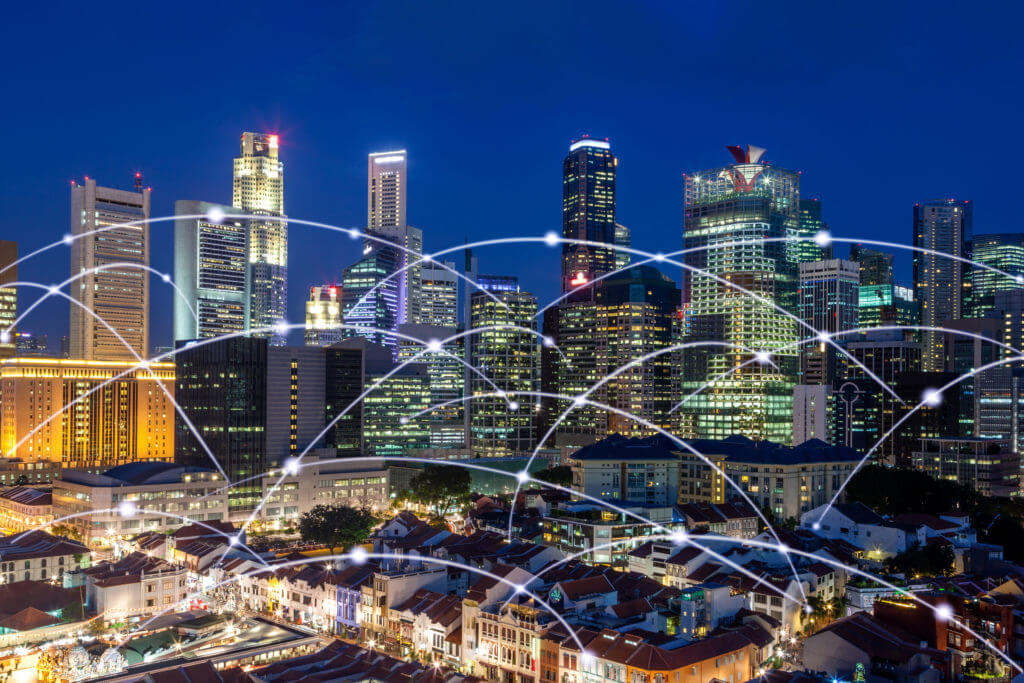In usual Apple Fashion, the October event with the tagline “Unleashed” kicked off with stunning drone B-roll of Apple Park and of course, a welcome by Tim Cook. 5 main announcements were made during this short 50 minute event, some odd, some much welcome. Does this event live up to its tagline? What is new? Let’s find out.
Apple Music Voice Plan
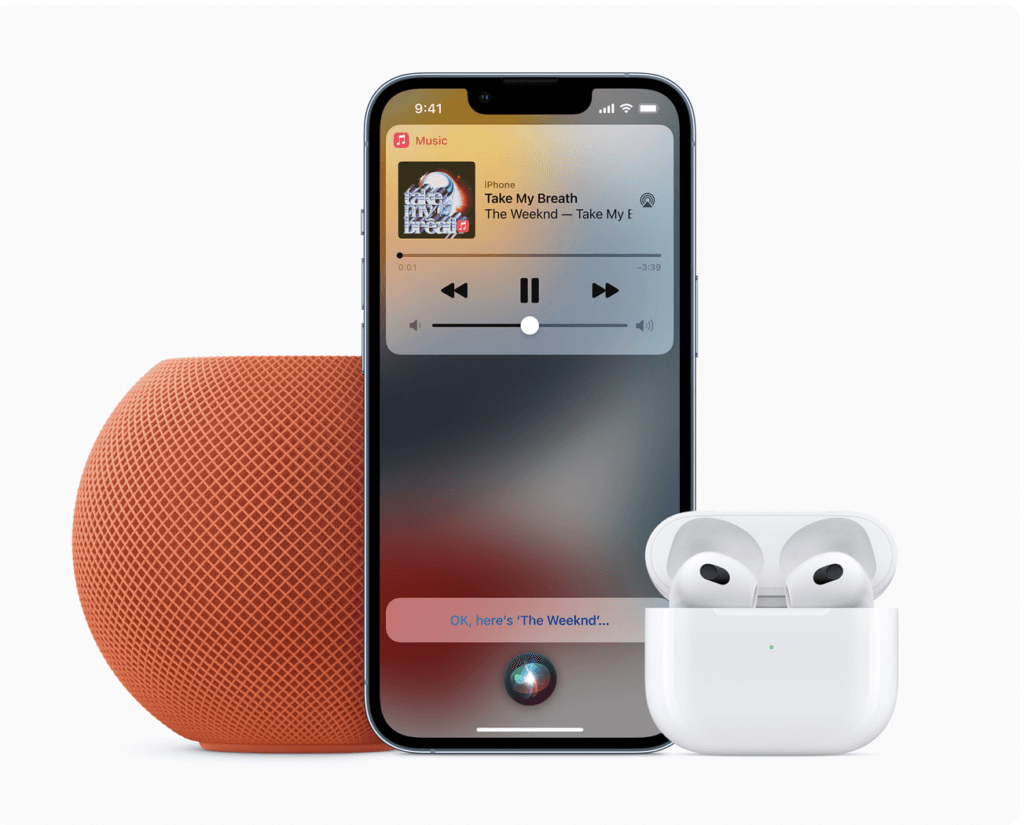
In Apple’s aggressive push towards services following slower iPhone sales growth, they have managed to secure a very respectable 25% of the music streaming market despite launching Apple Music in 2015 compared to Spotify’s 30%. In what seems to be an foray into obtaining more customers by offering a lower price point and to encourage the use of Siri, the choice that they made is questionable.
Currently in Singapore, plans for Apple Music start at S$4.98 for students, S$9.98 for individuals and S$14.98 for families. All these give you full access to the Apple Music app, including downloading songs, creating playlists, and singing along to the lyrics. Sounds like the bare minimum right? Enter Apple’s new subscription plan, the Voice Plan. This subscription gives you access to the full range of music and playlists available on the app, but only through Siri.
No, you cannot physically scroll through songs, create playlists on your own or download anything. What you get is essentially a non graphical, glorified personal radio station that plays the song that you tell Siri the DJ to (without having to make a call to the DJ or listen to song requests by random people).
And that costs US$4.99, available in 17 countries and regions in fall, excluding Singapore. Keep in mind Spotify offers a free price plan, allowing you to search the playlist you want with your keyboard and gives you 6 free skips per hour, a somewhat comparable service, albeit with ads.
HomePod Mini
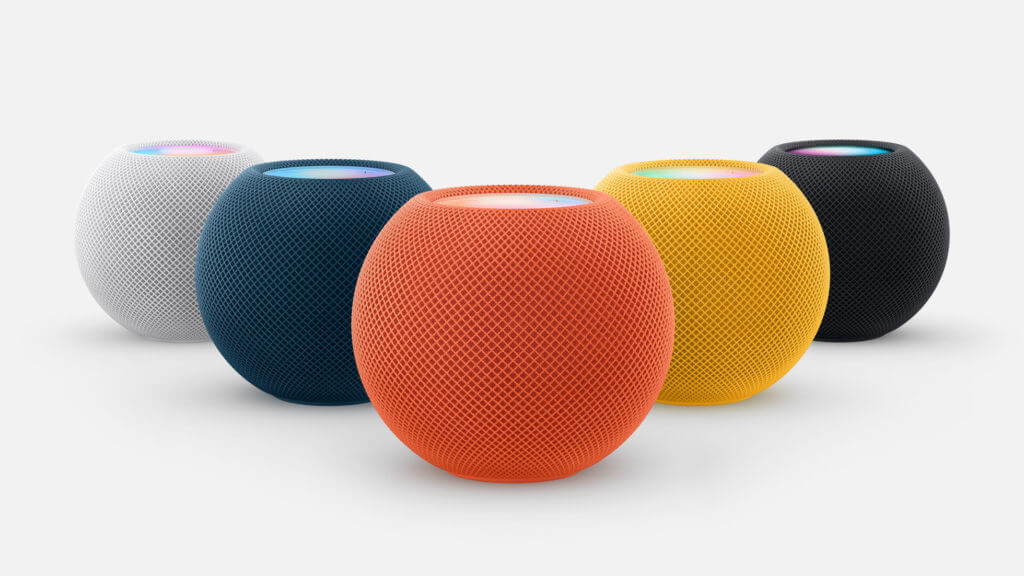
Next, we got an updated HomePod mini with 3 new colours, orange, yellow, and blue. It packs a U1 Chip that allows Iphones 11 and later to pair instantly to it by bringing them close to one another. Find My and Smart Home Controls are mainstays enabled by Siri, allowing you hands free control. Conveniently, you can also use the all new Apple Music Voice Plan to stream music directly from your HomePod (note that Student, Individual and Family plans also allow this). Other than this, no major updates were made for the HomePod Mini.
Airpods 3rd generation

Remember when Apple removed the headphone jack in 2016 and introduced Airpods to much public furore? Companies took turns to shame Apple in ads for a year, until seeing how quick Airpods were flying off the shelves and how profitable they were and started doing the same. Seriously, the revenue from just Airpods in 2019 was more than Adobe, Nvidia, AMD, Spotify and others.
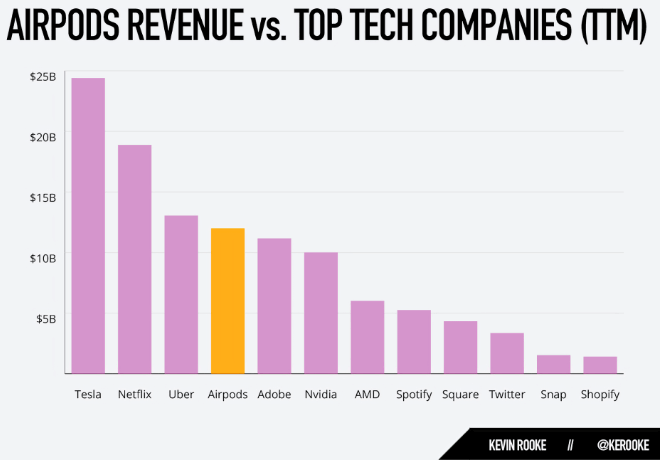
In 2019, Apple introduced the Airpods Pro with best in class active noise cancellation (ANC), spatial audio, sweat resistance and transparency mode that garnered rave reviews. They however came at a steep cost of S$379. Regular Airpods (2nd generation) with wireless charging cost S$199, without ANC and sweat resistance. This left a gap for a mid range model to fill.
As rumoured, Apple indeed launched a mid range version of Airpods, the 3rd generation. At first glance, it looks like a fusion of the 2 older models: the shorter stem design with force touch from the pros, and the no ear tip design from the 2nd generation. The 3rd generation disappointingly does not come with ANC or transparency mode, a main draw of the Pros. It does however offer sweat and water resistance, Spatial Audio, and Adaptive EQ that makes music sound the way it is supposed to dynamically.
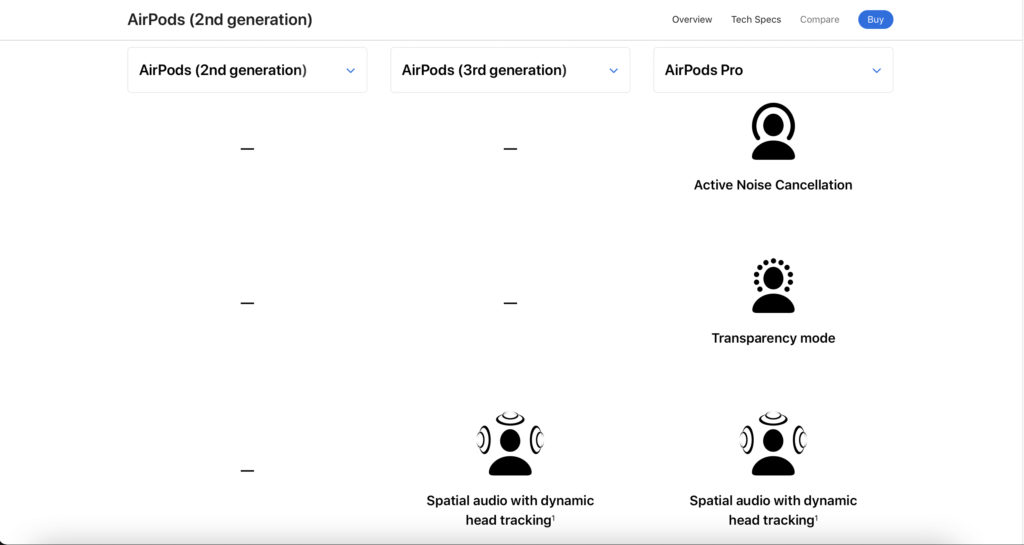
The 3rd generation starts at S$269, $70 more than the 2nd. What you are paying extra for is Spatial Audio, Adaptive EQ, water resistance, and Magsafe compatibility. The decision to exclude ear tips from the 3rd generation is weird, following reports that 2nd generation airpods are falling out of some people’s ears ever since they were launched. The decision for the Pros having ear tips was probably to address this issue in the first place. However, having not tried the 3rd generation on, I would reserve my judgement on this issue.

M1 Max and M1 Pro
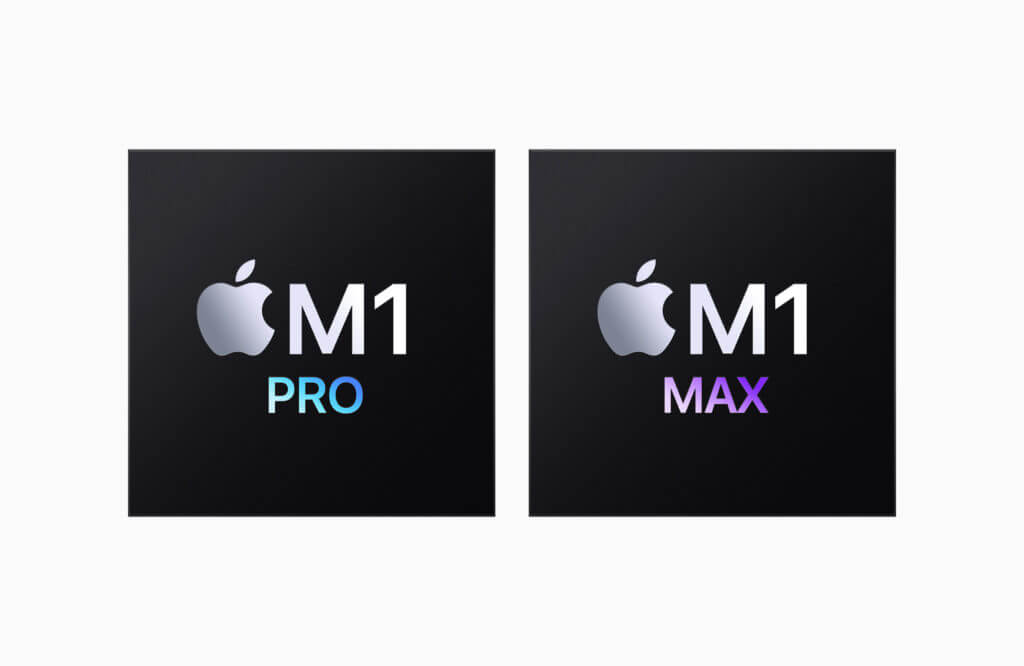
Ever since Apple unveiled their ultra efficient yet powerful M1 chips that shook the industry, people looked forward to seeing what they can offer to replace the current iteration of products as part of their two-year transition to Apple Silicon. For the uninitiated, Apple Silicon, or the M1 generation of chips run ARM instruction sets on desktop instead of the usual x86 that Intel or AMD chips run. What this means in layman terms is, Apple Silicon is able to run a full-fledged desktop OS with power efficiency like your mobile phone and without any compromises in speed.
One year later, Apple basically scaled up the chips, and increased the number of CPU and GPU cores for devices with a larger chassis and better thermals. The new M1 Pro and M1 Max offer insane numbers when compared to the competition and old intel powered Macbooks.
Macbook Pros
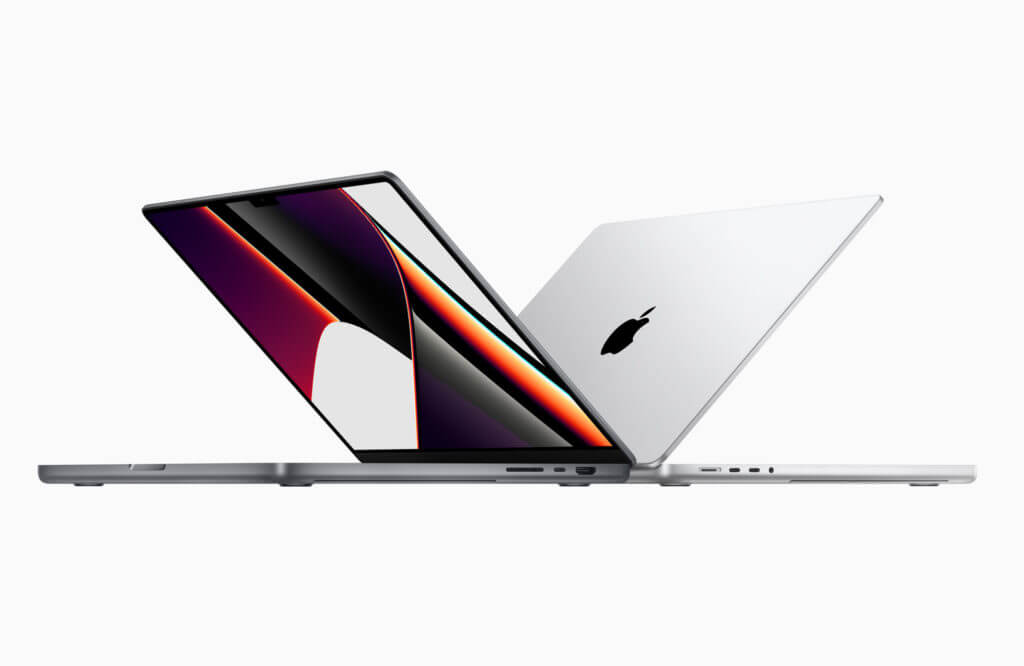
With the upgraded M1 chips, it was inevitable to launch new products along with them. The new 14 inch and 16 inch Macbook Pros replace the older intel models, offering up to 2 to 3-fold improvements in performance.
Even the biggest and greatest 16 inch Macbook Pro (which was plagued by thermal issues) was lapped in CPU performance in a single generation of upgrades, showing how monstrous they would seem to be.
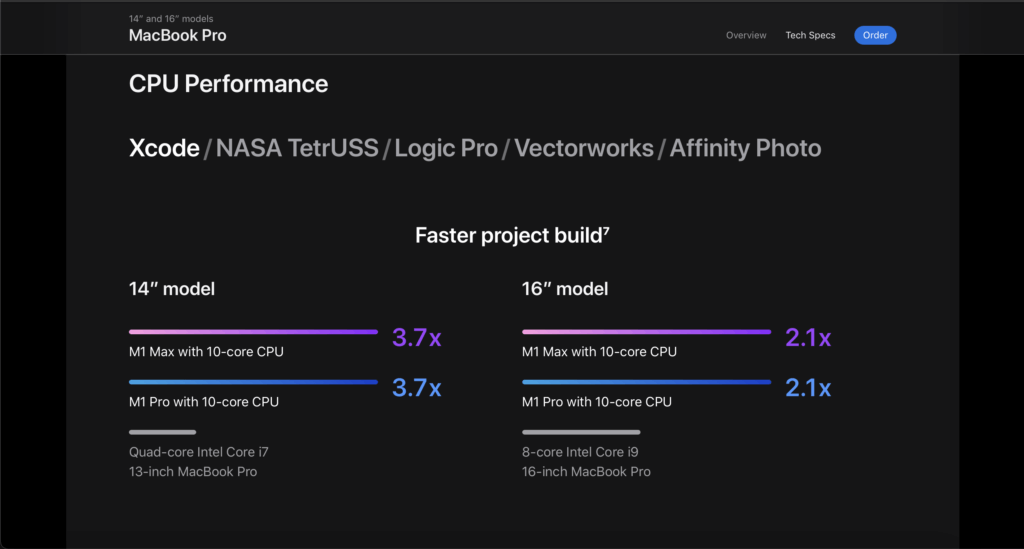
Both models’ displays now come with ProMotion, allowing it to be scaled from 10 to 120hz, and are able to hit 1000 nits of peak brightness. As you can tell from the images (sigh), the notch is now on the Macbook Pros, in the name of shrinking the corner bezels. It is surprising that such a huge notch doesn’t come with Face ID, though it offers a higher quality 1080p webcam now.
Ports are also back on the Macbook Pros, giving us access to HDMI, SD cards, and Magsafe on top of the 3 USB C ports. Wow. The Magsafe port also gives rise to ultra fast charging, with Apple claiming up to 50% in 30 minutes with the 96W power brick.
Battery life is improved this year, getting up to 17 hours of movie playback and 11 hours of wireless web browsing, amazing for devices with such power and size. Storage and memory can be configured up to 8TB and 6GB respectively, though only for the M1 Max Chip.
As you probably expected, these machines would be expensive. The 14 inch macbook starts from S$2999, while the 16 inch starts from S$3749, equipped with the M1 Pro chips.
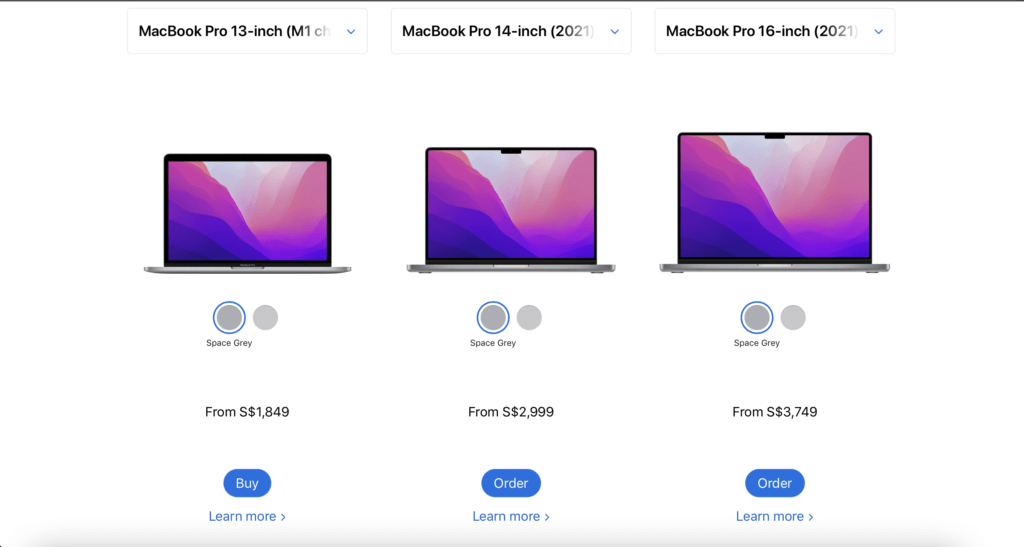
Thoughts
Back to my previous question, did the event live up to its tagline? Yes, it definitely feels “Unleashed”, given how ludicrous the numbers for the next generation M1 Pro and Max thrown out by Apple are. What do you think? Leave your comments below.
Derrick (Yip Hern) founded Tech Composition to provide valuable insights into the tech and finance world. He loves to scour the web for the best deals and embark on software projects during his free time, a typical geek, right?
